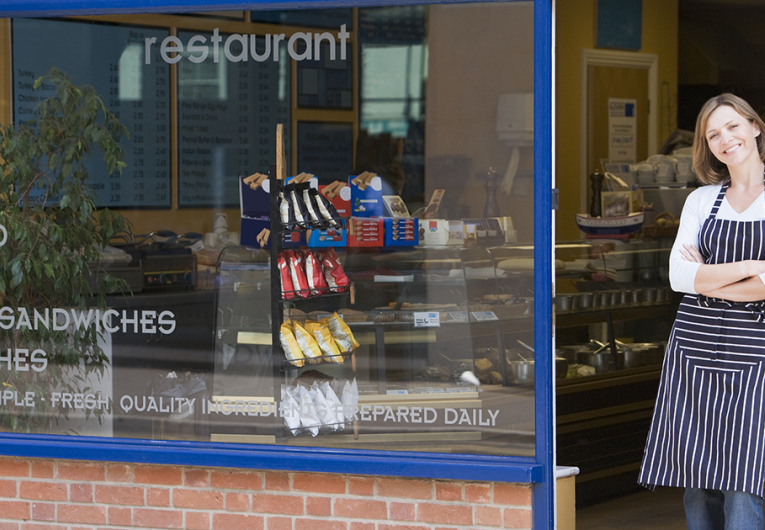
4 Ways to Revamp Your Call to Action
 What do you want people to do when they come to your website? Maybe it’s to sign up for a newsletter, to buy something, or like your Facebook page. You could wait for them to figure it out on their own. But wouldn’t it be easier to just tell them? That’s why you need a strong call to action on your small business’ website. It’s your way to direct their attention to the action you want them to take. Here are some tips to create an effective call to action (or make the one you have even stronger).
What do you want people to do when they come to your website? Maybe it’s to sign up for a newsletter, to buy something, or like your Facebook page. You could wait for them to figure it out on their own. But wouldn’t it be easier to just tell them? That’s why you need a strong call to action on your small business’ website. It’s your way to direct their attention to the action you want them to take. Here are some tips to create an effective call to action (or make the one you have even stronger).
A call to action (CTA) is an instruction for your audience. The goal is to get them to respond now. On a website, it’s typically a button or link that when clicked, leads to the next step in the buying process. For example, visitors might click on a “Tell Me More” button and be sent to a page asking for their contact information so you can follow up with them.
Some calls to action are better than others at prompting people to act. Here are four ways to create one of the better ones:
- Use action words – Put the emphasis on action in your calls to action. Firefox improved their conversion by 3.44 percent just by changing their CTA from “Try Firefox 3” to “Download Now for Free.” The word “download” is more action-oriented than “try.” Some of the most common CTAs are: Sign Up, Start Your Free Trial, Learn More, and Add to Your Cart. Notice how each starts with an action word.
- Create urgency – A good call to action gets visitors to act now. One way to create that urgency is to have a limited time offer. For example, “Get 20% Off Today” prompts visitors to respond now to take advantage of the discount.
- Describe the payoff – Visitors should be able to reasonably predict what will happen if they engage with your call to action. “Download our five money-saving ideas” lets visitors know that they will learn five ways to save more money. In contrast, direction like “Click here” doesn’t tell visitors what’s in it for them. So they are less likely to take action.
- Reduce risk – People will be more likely to respond to a CTA if there’s little risk. Words like “free,” “no obligation,” and “cancel at any time” reassure visitors. It takes away the fear that they may be making a wrong decision.Call your website visitors to action by using CTAs. When used effectively, it’s your opportunity to move customers through the buying cycle. Start with these tips to create compelling calls to action.
The trends, insights, and solutions you need to grow your business.
By signing up, you’re subscribing to our monthly email newsletter, The
Wire. You may unsubscribe at any time.
Your information stays safe with us. Learn more about our privacy
policy.











![[#MSP_NAME#] Logo](/themes/sparklight_business/images/transition-logos/migration-banner-logo-[#MSP_CD#].png)
